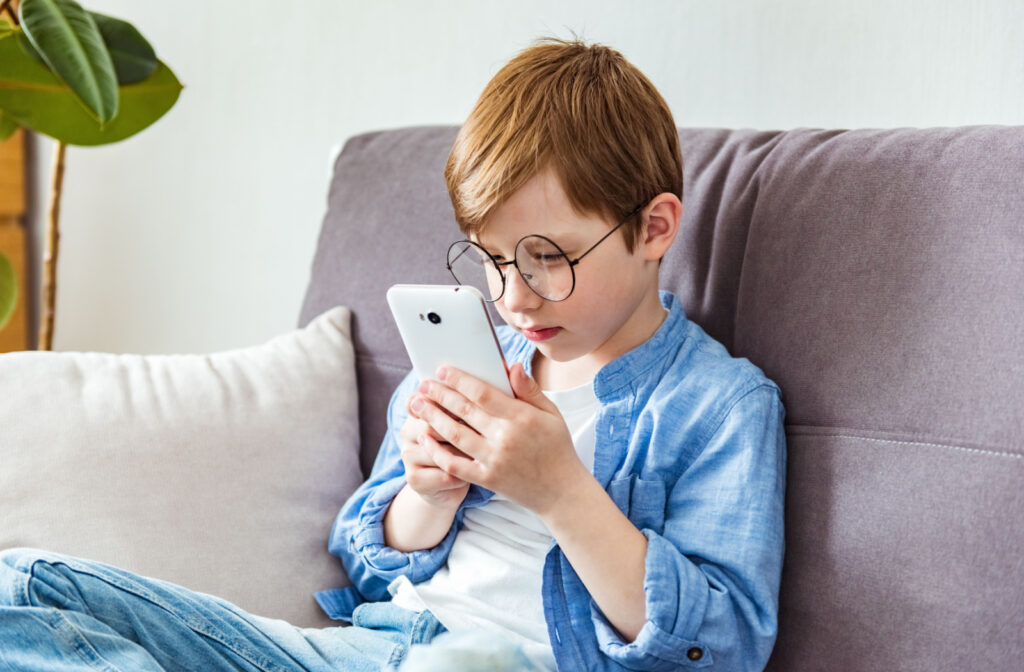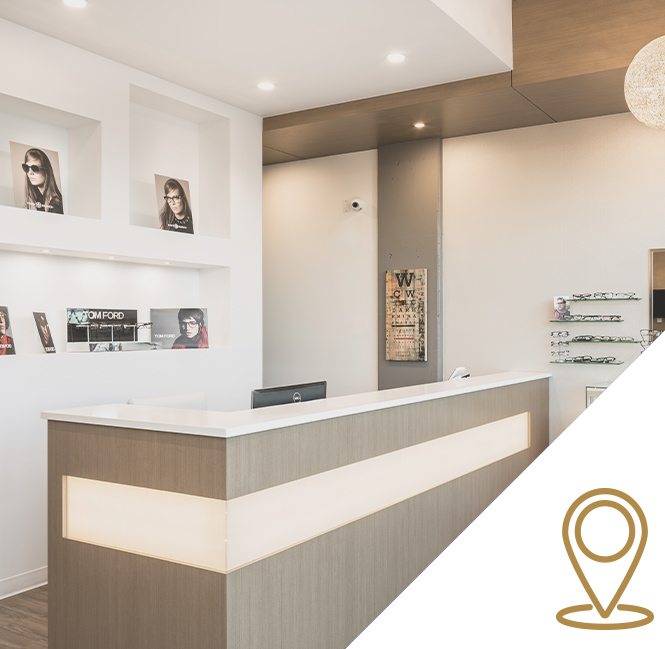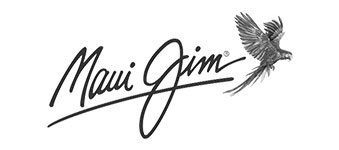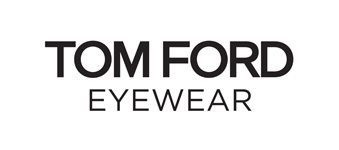In an age dominated by screens and indoor lifestyles, myopia, or nearsightedness, has become a rapidly growing concern in children. The prevalence of this condition has been steadily increasing, and with it comes a host of potential vision-related complications in adulthood.
Comprehensive children’s eye exams can help with the early detection of myopia. Fortunately, advances in eye care technology have brought about a solution too—MiyoSmart lenses. The technology in MiyoSmart lenses offers an approach to treating myopia in children, aiming to slow its progression and improve overall eye health.
What Is Myopia?
Myopia is a common vision condition where distant objects appear blurry but close-up objects remain clear. It occurs when the eyeball is slightly elongated, causing light to focus in front of the retina (the light-sensitive tissue at the back of the eye) instead of directly on it.
Myopia can result in the inability to see distant objects clearly without corrective lenses or other interventions.
In addition to blurry vision, the symptoms of myopia can include the following:
- Squinting
- Eye strain
- Discomfort
Myopia has become increasingly prevalent, especially among children and young adults, often due to risk factors such as genetics, excessive screen time, and limited outdoor activity.
Approximately 30% of the worldwide population is affected by myopia. It’s theorized that our heavy reliance on digital devices and a lack of outdoor activities have contributed to the current myopia rates.
Myopia in Children
Myopia usually manifests in early childhood, between 7 and 10 years of age, and progresses until late teenage years. Untreated myopia in childhood can lead to high myopia and increase a child’s lifetime risk of developing several vision problems, including retinal detachment, glaucoma, cataracts, and myopic macular degeneration.
Children might not be aware of or notice problems with their vision related to myopia. Generally, their eye doctor, parent, or teacher may first suspect a vision concern. Some of the signs of myopia affecting children include:
- Frequent squinting
- Sitting close to the television—or the whiteboard at school
- Headaches
- Difficulty focusing at school
- Holding books close to the face
MiyoSmart Lenses
Traditional eyeglasses and contact lenses have been the common solutions for myopia correction. While they can offer clear vision, they often do little to prevent myopia progression.
MiyoSmart lenses, developed by Hoya, combine vision correction with myopia control technology. The DIMS (defocus incorporated multiple segments) lens design uses a focus and defocus zone in the lens—one zone corrects the refractive error, and the other helps with myopia control.
Unlike traditional corrective lenses that merely compensate for refractive errors, MiyoSmart lenses take a proactive approach. They can effectively slow the elongation of the eyeball during a child’s critical growth years, reducing the risk of high myopia and its associated complications later in life.
What Are the Benefits of MiyoSmart Lenses?
A significant advantage of MiyoSmart lenses is their ability to control the progression of myopia. One trial study showed a decrease in myopia progression by an average of 52% for lenses that use multiple zones of focus to control myopia.
As a non-invasive treatment option, MiyoSmart lenses can provide peace of mind to parents worried about more complicated forms of treatment, and they can be a safe choice for young eyes.
MiyoSmart lenses also come in photochromic and polarized spectacle lenses for extra protection from sunlight and glare.
While MiyoSmart lenses can be effective for many children, every child’s eyes are unique. Your eye doctor is the best expert to determine the suitability of MiyoSmart lenses based on a thorough eye examination and individual needs.
Other treatment options for myopia control include:
- Orthokeratology (Ortho-k): This form of treatment involves the use of contact lenses that you wear overnight to gently reshape the cornea (the transparent outer part of the eye).
- MiSight/Abiliti contact lenses: Daily contact lenses that can correct myopia and slow myopia progression.
- Low-dose atropine eye drops: Low-dose atropine can relax the eyes’ focusing mechanisms to help slow myopia progression.
Preventing Myopia
Myopia is often genetic. Children with one or both parents who have myopia may be at a higher risk for developing the condition. In such cases, it’s not always possible to prevent myopia.
However, there’s also an environmental component that can increase your risk. Here are some things parents can do to help prevent myopia in children:
- Encourage daily outdoor play to ensure they remain active and their vision gets a break from demanding activities.
- Limit screen time or other activities that require lengthy periods of near-focused work to 2 hours per day.
- Schedule regular children’s eye exams each year. These help ensure the early detection of eye issues and the monitoring of eye conditions like myopia.
- Visit your eye doctor if you notice any signs of myopia or other vision concerns.
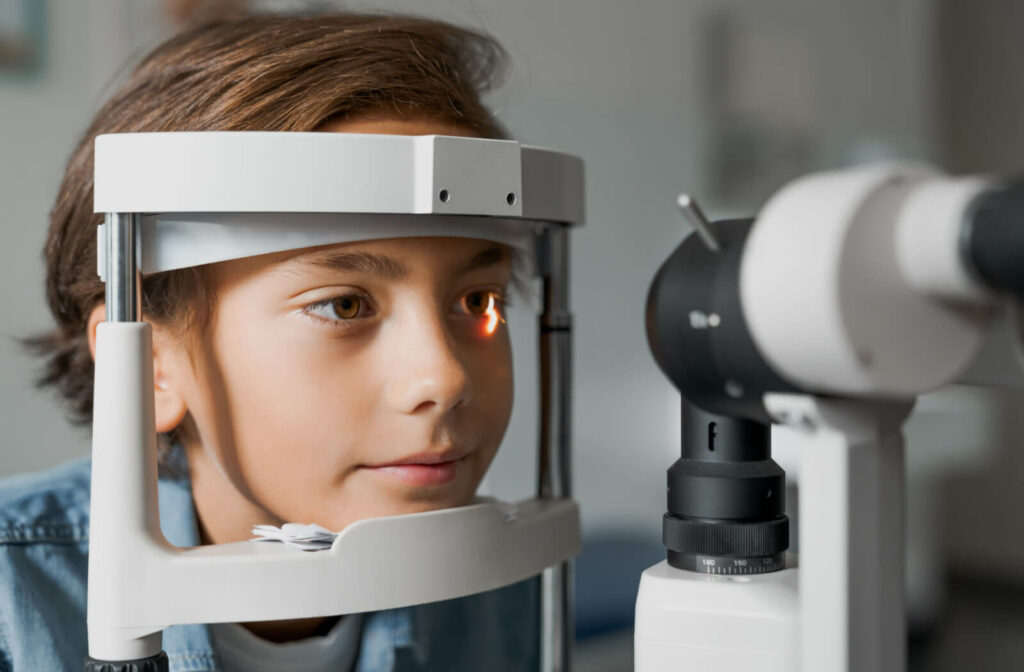
Preserving Vision in Children
MiyoSmart lenses can be an excellent choice when it comes to myopia management for children. Combining vision correction with myopia control can help slow myopia progression and support children’s ocular health during their critical growth years.
If you’re a parent concerned about your child’s vision or notice signs of a problem, book an appointment with Willoughby Doctors of Optometry. Together, we can explore the treatment options available to protect your child’s sight.

